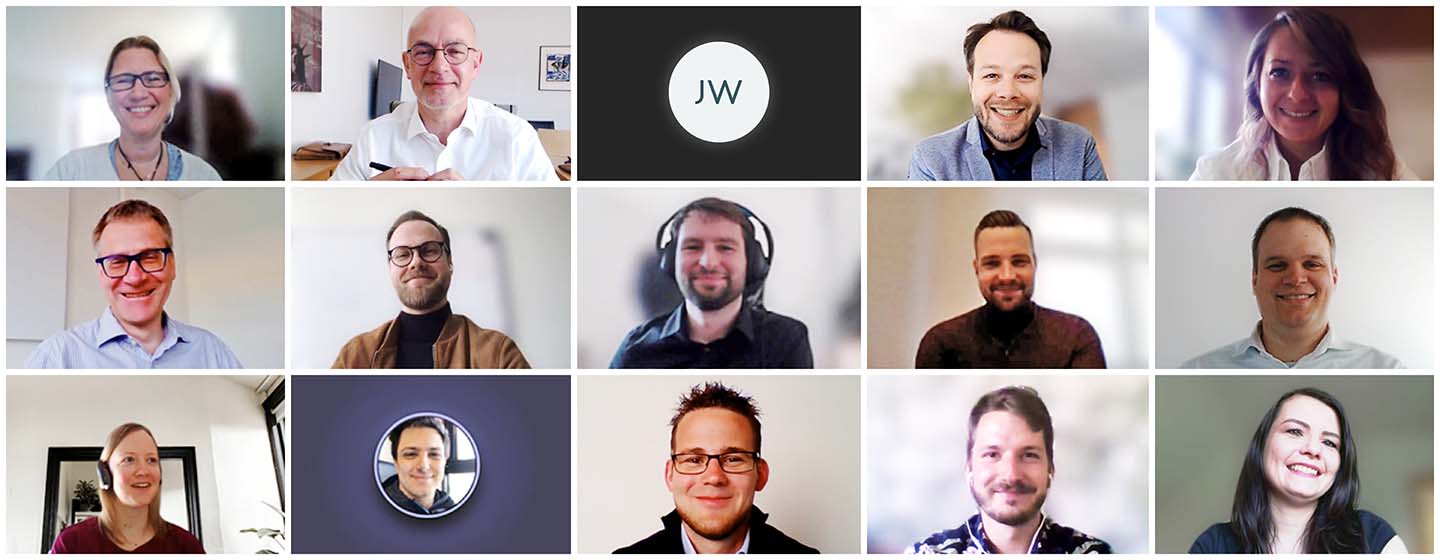These days, industry 4.0, big data and the Internet of Things are much talked-about concepts, also at BMA. In order to stay ahead in the digital age and offer our customers added value for their plants, we started to develop a comprehensive digital platform two years ago. Its name: smart4sugar. smart4sugar forms the basis of all digital services offered by BMA.

01.07.2020
smart.monitoring: agility meets tradition
BMA is evolving to become a digital service provider
The first of these services, currently being implemented, is smart.monitoring. smart.monitoring lets the operators of sugar factories obtain live operating data from their centrifugals, whenever they need them and wherever they are, enabling them to gain important insights and keep an eye on messages and alerts at all times.
The development of proprietary software is completely new ground for BMA, and we have found it to be fundamentally different to the engineering and design of machinery, equipment and plants. Which is why we have chosen to adopt new approaches:
- We work in cross-functional teams.
- We use state-of-the-art tools such as Microsoft Teams for communication between different sites.
- The agile Scrum framework forms the basis for development.
- We define goals and implement them in fixed time periods (sprints).
Team is key
For us, cross-functional means that each member of a team is a specialist in his or her field. All of them work towards a common goal. The various skills and knowledge needed to reach this goal are united in the team, so nobody is expected to know or do everything.
Microsoft Teams makes collaboration within the team considerably easier. All project documents are available to all stakeholders at all times. Files are stored in the cloud and all meetings are logged there as well. With the use of this tool, colleagues from different sites can attend online meetings.
As an expert in mechanical engineering, the different approaches in software development were new ground for BMA. But we took on the challenge, defining the necessary processes and implementing them successfully. One important aspect of agile development is that the methods used are regularly reviewed, to make collaboration more effective and more efficient. We were able, for instance, to reduce the time spent on appointments for coordinating tasks from four hours to 90 minutes.
Sprints for smart services
In the development of smart.monitoring, we have been using the agile Scrum process framework, which is used in project and product management. Originally designed for software development projects, Scrum can also be used in different fields.
In this model, development is broken down into short 3-week steps (sprints), during which each engineer will focus on his or her specific tasks. Before the start of a sprint, goals are defined and prioritised. This ensures the engineers are not distracted by new or short-notice requirements. Nevertheless, the approach does not postpone new developments, actually permitting quick responses.
This ensures that we can always deliver a result at the end of a 3-week sprint, making available new features to users and receiving feedback from them.
Our top goal: delivering even greater customer benefit
The feedback we have received from smart.monitoring users has all been positive. There are many benefits to the detailed overview of centrifugals and access to the machine data. What we value even higher than positive feedback are particularly suggestions for improvement and users’ wishes, permitting BMA to deliver precisely the digital services our users need.
For more information on smart.monitoring and for demo access to the online dashboard, please click here.
